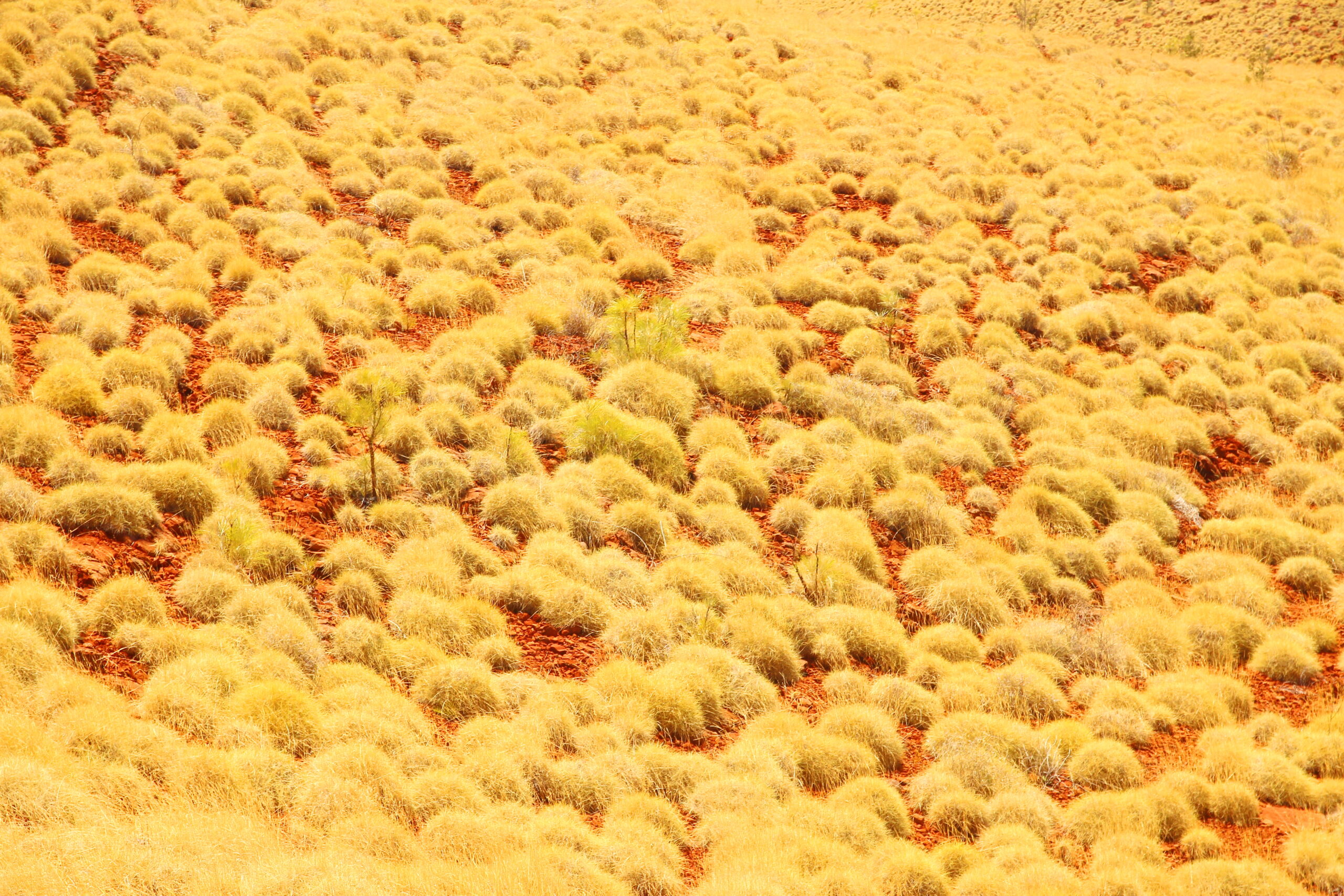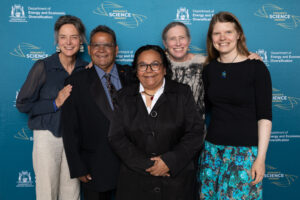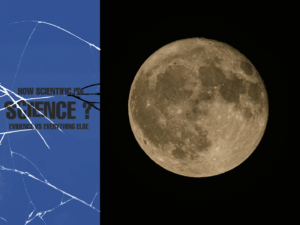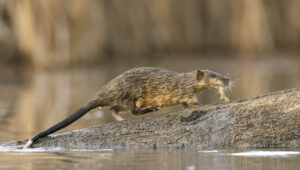Nature conservation policies are trying to safeguard forests all over the world, which is a good thing. But it seems like less-flashy ecosystems are getting left behind.
Grassy ecosystems include grasslands, savannas, shrublands, woodlands and tundra. Experts say these ecosystems are being neglected by current conservation efforts.
The reason? Misinformation. It seems many people believe that a pristine ecosystem means a forest and that grasslands are just degraded habitats.
Valério De Patta Pillar is Professor of Ecology at the Universidade Federal do Rio Grande do Sul in Brazil.
In a recent article, Valério and his colleague Gerhard Overbeck argue that grassy ecosystems have been neglected for a long time
“There is a widespread idea that nature can only be well preserved as forests, while grassy, open ecosystems are misperceived as degraded, less-biodiverse land.
“For this reason, in many parts of the world, grassy ecosystems are the first target for conversion into crops and tree plantations,” says Valério.
“Unfortunately, this misperception is also reproduced in scientific articles, for example, those that propose planting trees in grassy ecosystems to mitigate climate change.”
This couldn’t be further from the truth. Grassy ecosystems rule!
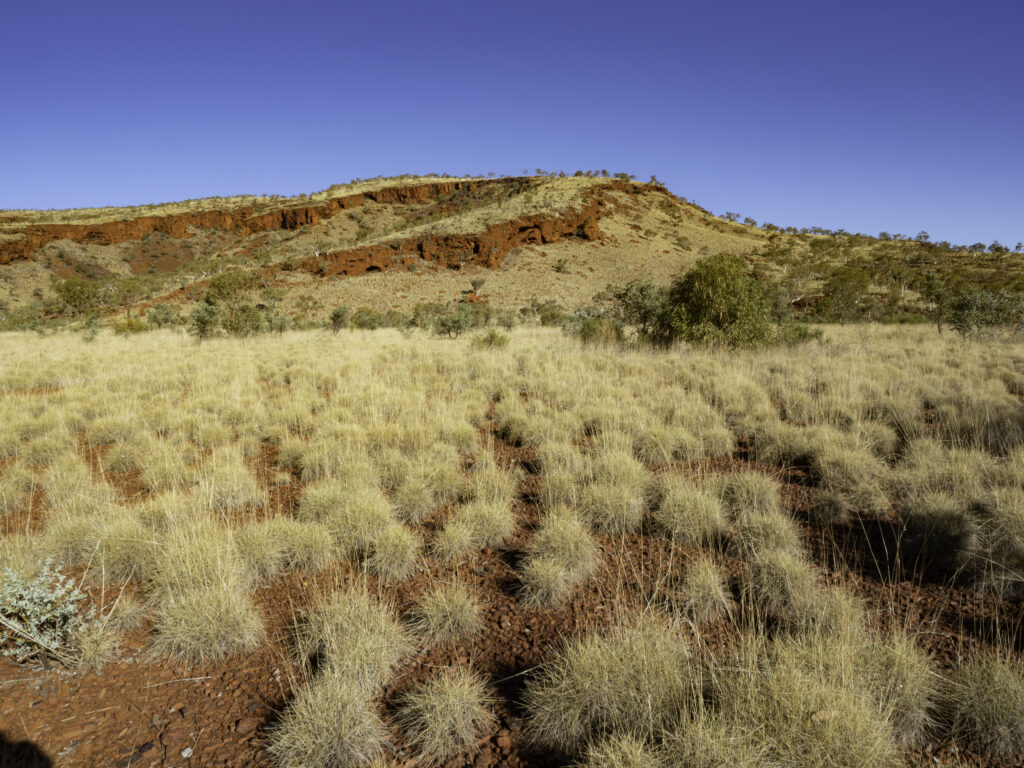
Credit: Getty Images
Grassy ecosystems: vast and important
Grassy ecosystems take up a large part of our world, covering 30–40% of its land surface. They are also important in helping fight climate change and serve as habitat for countless species.
“Grassy ecosystems can be highly biodiverse and serve as habitats for species that would not survive in forests,” Valério says.
One study identified grasslands as one of the richest environments. In terms of plant species, some grasslands host as many as 89 species per square metre.
Grasslands could also be a great ally in our fight against climate change, as they are an effective carbon vault.
“Recent assessments indicate that one-third of global terrestrial carbon stocks are found in grasslands, with the advantage that carbon is primarily stored underground, in roots and soil, where it remains highly stable against fires and droughts, but is less visible and often overlooked,” Valério explains.
Forests, on the other hand, store all their carbon ‘upstairs’, which can be a problem.
“In forests, the carbon is mostly stored above ground, which can be quickly lost to the atmosphere if the system is flammable,” Valério says.
Australia’s own: the hummock grasslands
Across Western Australia, the Northern Territory, Queensland, South Australia and small parts of New South Wales lie the hummock grasslands.
They are found in places with arid and semi-arid land, including sand plains, dune fields, rocky hills and mountain range slopes.
Most of these grasslands are made up of a single species: a grass of the genus Triodia, better known as spinifex grass, with many different species found across Australia.
These grasslands are home to many critters, like the cute wongai ningaui and the fat-tailed dunnart.
Lizards like the Eyrean earless dragon and the mighty sand goanna also inhabit these grasslands.
And birds too – don’t forget the birds! Little guys like the striated grasswren and the rufous-crowned emuwren also call these habitats home.
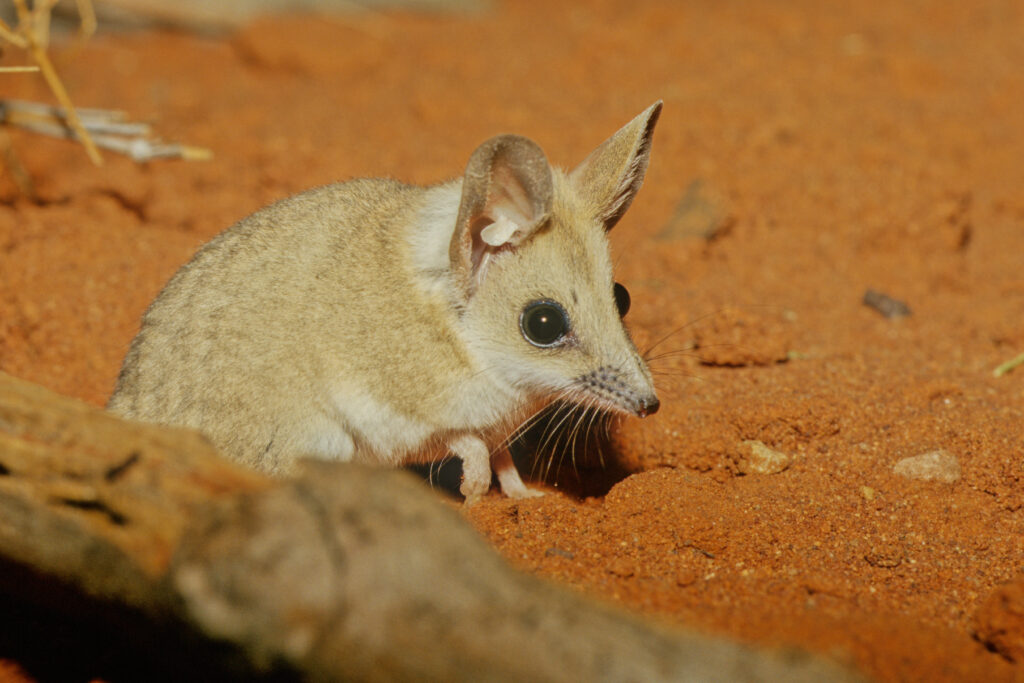
Credit: Getty Images
How do we save grasslands?
For one, Valério believes we need to change the way we talk about grasslands and stop thinking that forests are the only ecosystems that matter.
We also need to change our language. In Australia, for example, we sometimes call grasslands ‘open woodlands’.
“Scientists and authorities should avoid the forest bias in public discourse and use more inclusive language than ‘deforestation’ to describe the loss of natural vegetation due to land-use conversion,” Valério says.
“Frequent grazing and/or fire disturbances are intrinsic to grassy ecosystems … [We should] recognise their importance within international biodiversity and climate change frameworks to enhance awareness and understanding of this issue.
“Otherwise, organisms that can only survive in grassy ecosystems will be on a path to extinction.”



